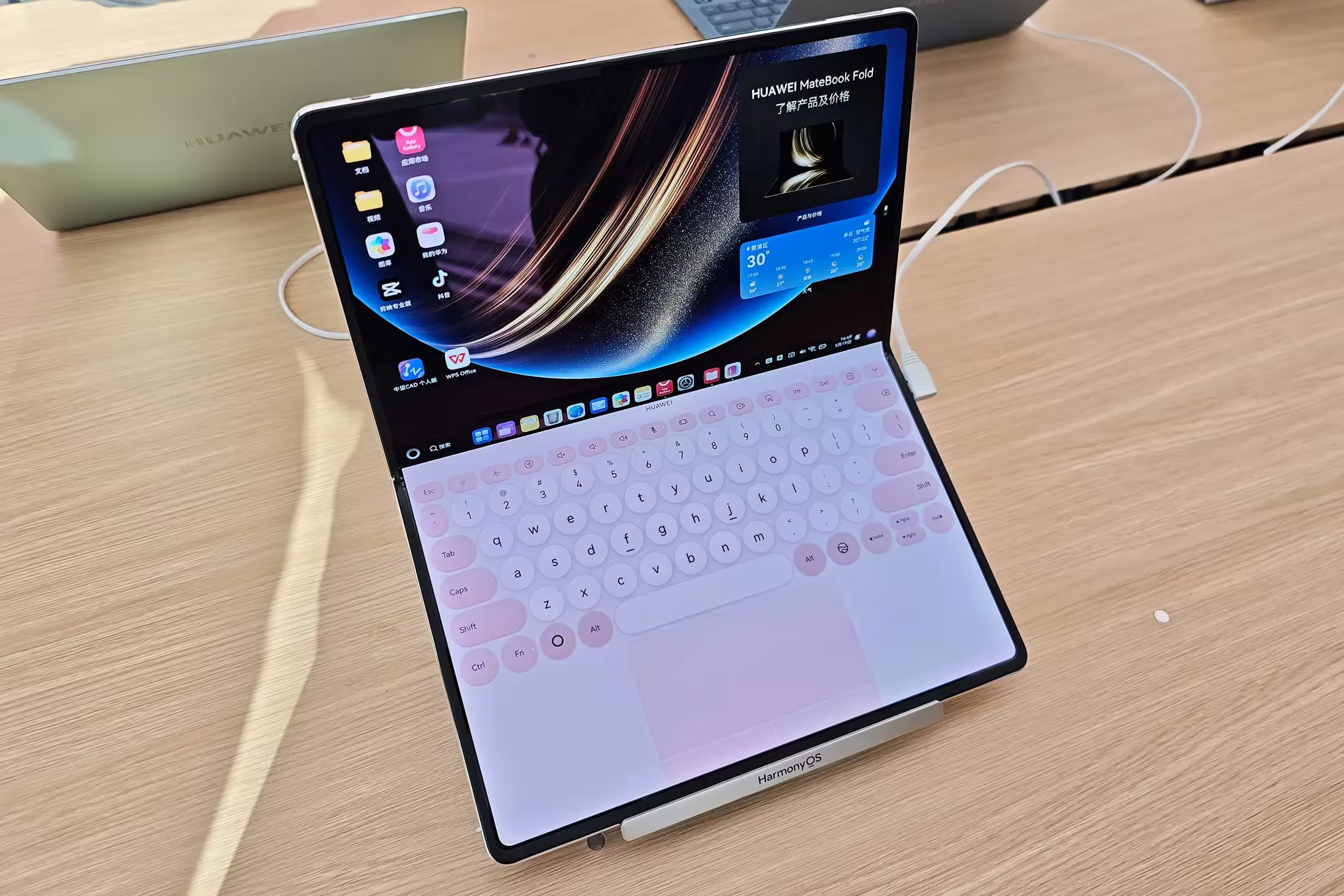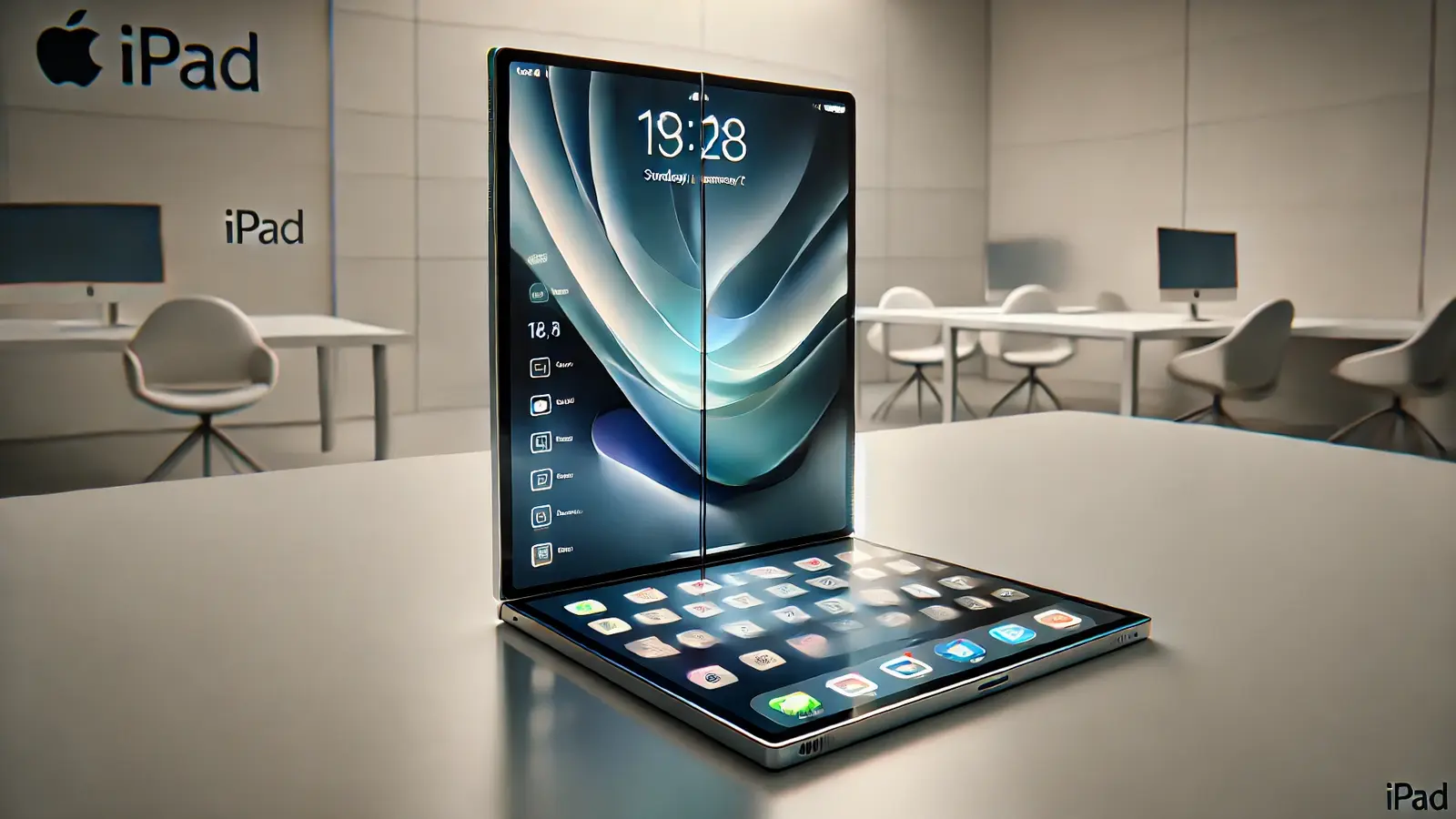3 Minutes
Apple's ambitious plan for a large foldable iPad — reportedly code-named J312 — has hit significant engineering snags, and the device may not arrive until 2029 or later, according to a Bloomberg report. The prototype aims for an 18-inch foldable OLED, but weight, cost and display challenges are forcing the company to reconsider timing and design.
Big display, bigger problems: what’s holding Apple back
Apple partnered with Samsung Display on a custom foldable OLED meant to minimize the visible crease that plagues many foldable devices. But turning an 18-inch panel into a consumer-ready tablet that folds cleanly has proved much harder than expected.
- Weight: Early prototypes tip the scales at roughly 3.5 pounds — far heavier than current iPad Pros, which weigh about 1–1.3 pounds. That makes the device bulky for tablet use and less like the lightweight iPad experience customers expect.
- Cost and engineering: Building a large, durable foldable OLED is expensive and complex. Estimates for the finished product sit near $3,000, roughly three times the price of a 13-inch iPad Pro, pushing the device into ultra-premium territory.
- Design trade-offs: Unlike foldable phones that add an external screen, Apple’s concept folds shut like a laptop — aluminum on both sides — and opens into a display about the size of a 13-inch laptop. Achieving that thinness without sacrificing durability or battery life remains a hurdle.
How it stacks up against rivals
Apple’s prototypes reportedly resemble Huawei’s MateBook Fold in concept. Huawei’s device is slightly lighter and costs around $3,400, but it’s currently available only in China. Samsung, Google, Lenovo and Motorola are all experimenting with foldable form factors, making this a competitive field — but one where hardware complexity and price will determine winners.

Not a sure thing
Sources note that the foldable iPad’s release is not guaranteed. Apple has a history of shelving projects that fail to meet internal goals or don’t fit strategic priorities. Recent cancellations have included elements of the autonomous car project and a lighter Vision Pro variant.
What this means for the iPad lineup
Apple appears eager to refresh and modernize the iPad family as demand has cooled since its 2021 peak. The company recently updated the iPad Pro with the M5 chip, plans to move the iPad Air to the M4 next year, and is expected to upgrade the base iPad to an A18 chip. A foldable model would signal a push into a new, premium category, but only if Apple can solve the current engineering and cost issues.
In short: the idea of an 18-inch foldable iPad remains tantalizing, but turning prototypes into a lightweight, affordable product is a heavy lift. If Apple does move forward, expect a high price tag, careful design trade-offs and a launch timeline that could stretch beyond 2029.
Source: fonearena


Leave a Comment